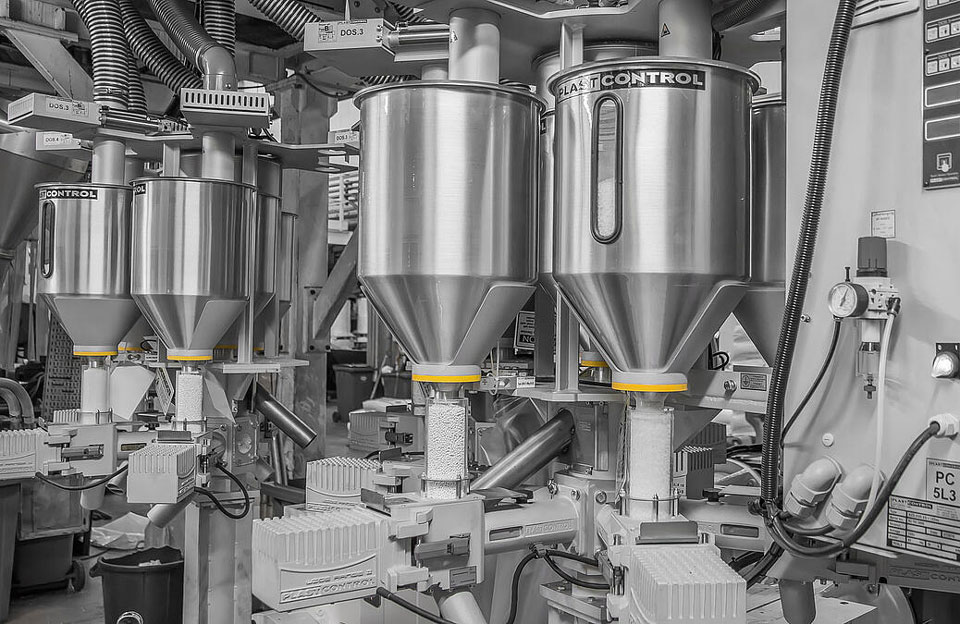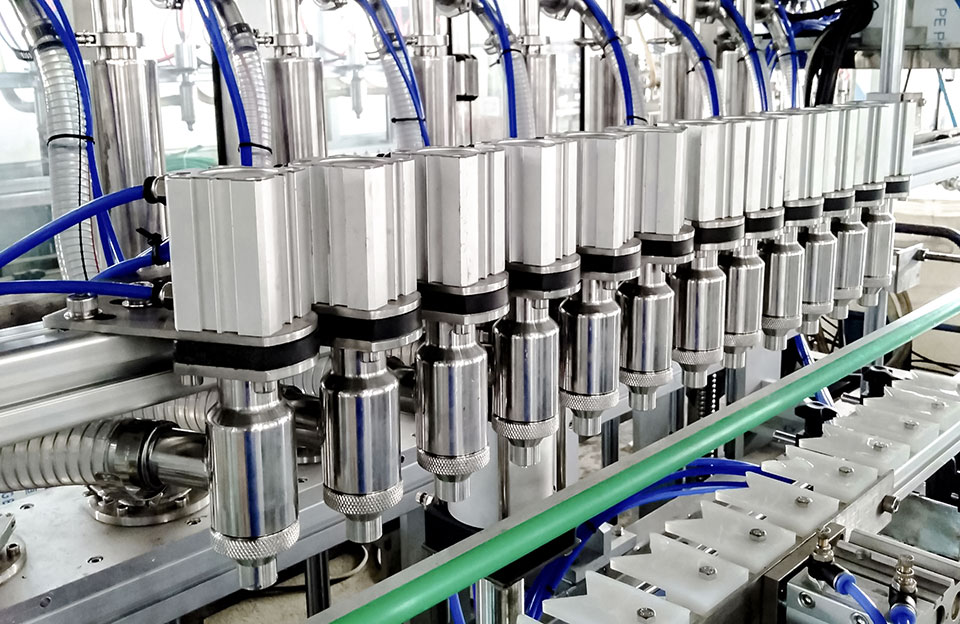The development of powder filling machines results from the increasing use of filling machines in the packaging industry and the pursuit of more precise filling needs.Powder-filling machines have long been a driving force in several industries, including food, cosmetics, and pharmaceuticals.The development process of powder filling machine is worthy of our attention.
Development Conditions of Powder Filling Machine
The conditions for developing powder-filling machines may vary according to their specific requirements and target industries.
- Powder Type: Different powders have unique characteristics such as particle size, fluidity, density, and moisture content. Powder-filling machines are developed considering powders’ specific properties to ensure accurate and efficient filling. For example, fine powders may require special consideration to prevent dusting or clogging.
- Filling Accuracy: One of the critical factors of the powder filling machine is to achieve high filling accuracy. The development process involves the design of mechanisms and controls capable of precise metering and dispensing powders and using sensors, or volume-filling methods.
- Pollution Control: Powder filling machines, such as pharmaceutical or food processing, are often used in industries where hygiene and pollution control are critical. The development conditions focused on creating a machine whose design minimizes the risk of contamination through sealing mechanisms, cleanable surfaces, and appropriate material selection.
- Speed and Efficiency: Another important consideration is the filling machine’s production speed and overall efficiency. Development conditions included optimizing the machine’s design, delivery system, hopper design, and automation features to maximize fill rates while maintaining accuracy.
- Safety: ensure the safety of operators and prevent accidents. Development conditions include incorporating safety features such as emergency stop buttons, safety interlocks, and guard mechanisms to protect users from potential hazards during operation.
- Maintenance and Cleaning: Powder filling machines must be easy to maintain and clean to ensure smooth operation and prevent cross-contamination. Design considerations include easy cleaning and maintenance of components, removable parts, and a user-friendly interface for troubleshooting.
- Regulatory Compliance: Depending on the industry and location, powder-filling machines may need to meet specific regulatory standards and certifications. Development conditions should include compliance with relevant guidelines, such as c GMP (current good manufacturing practice) for pharmaceuticals or FDA (food and drug administration) regulations for food processing.
Development Process of Powder Filling Machine
The development process of powder filling machine involves multiple stages, including concept development, design, prototyping, testing, and manufacturing. Here is a general overview of the development process:
- Concept Development: The process begins with identifying the powder filling machine requirements and specifications, including an understanding of the target industry, the type of powder to be filled, the required filling accuracy, production speed, and any specific features or functions required.
- Design: The design phase begins based on the defined requirements. CAD (Computer Aided Design) software is often used at this stage to develop detailed 3D models and mechanical drawings, including their overall structure, mechanisms, control systems, and interfaces.
- Prototyping: After the initial design is completed, the prototype of the powder filling machine is produced. Prototyping helps to validate the design and identify any potential issues or improvements. Depending on complexity and availability, prototypes can be built using off-the-shelf components or custom parts.
- Testing and Optimization: The prototype machine undergoes rigorous testing to evaluate its performance, accuracy, reliability, and safety. Conduct various tests such as the filling accuracy test, speed test, pressure test, and durability test. According to the test results, make necessary adjustments and optimizations to improve the machine’s performance.
- Iterative Refinement: The development process typically involves multiple iterations of the design, prototyping, and testing phases. Feedback from testing and user input is used to improve the design and address any issues or shortcomings, helping to ensure that the final product meets the required specifications and performance standards.
- Manufacturing and Production: The manufacturing process begins once the design is complete and the prototype meets all requirements. The manufacturing process includes procuring necessary components, fabricating or assembling machine parts, integrating control systems, and conducting quality checks throughout production.
- Quality Assurance and Certification: Powder filling machines undergo a thorough quality assurance inspection before they are ready to be placed on the market. The inspection involves testing the final manufactured equipment to ensure they meet the required specifications and comply with relevant industry standards. Depending on the industry and location, machines may also require certification or approval from regulatory agencies.
- Deployment and Support: The powder filling machine is deployed to the customer or production facility after successful manufacturing and quality assurance. The development process may also include providing user manuals, training, and ongoing technical support to ensure the correct operation and maintenance of the machine.
Conclusion
The development process of powder filling machine can vary depending on factors such as the complexity of the machine, industry requirements, and specific customer needs. Manufacturers typically tailor the process to their development capabilities and resources while ensuring that the final product meets the highest performance, accuracy, and reliability standards.


